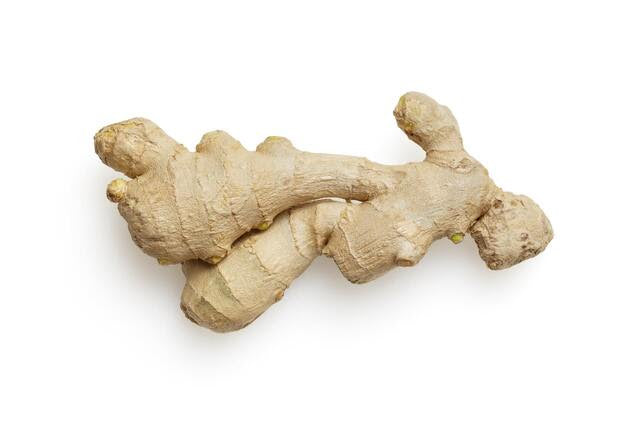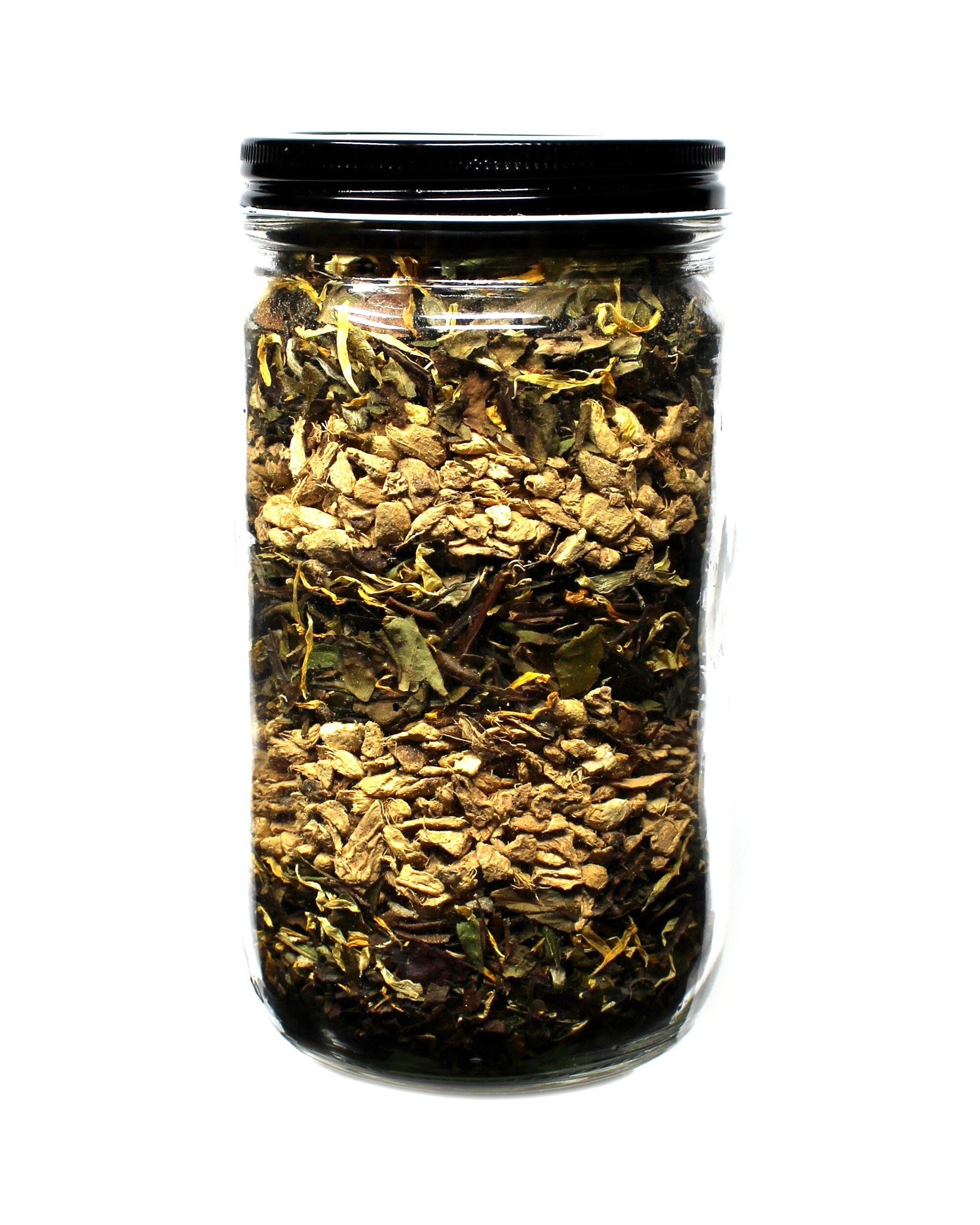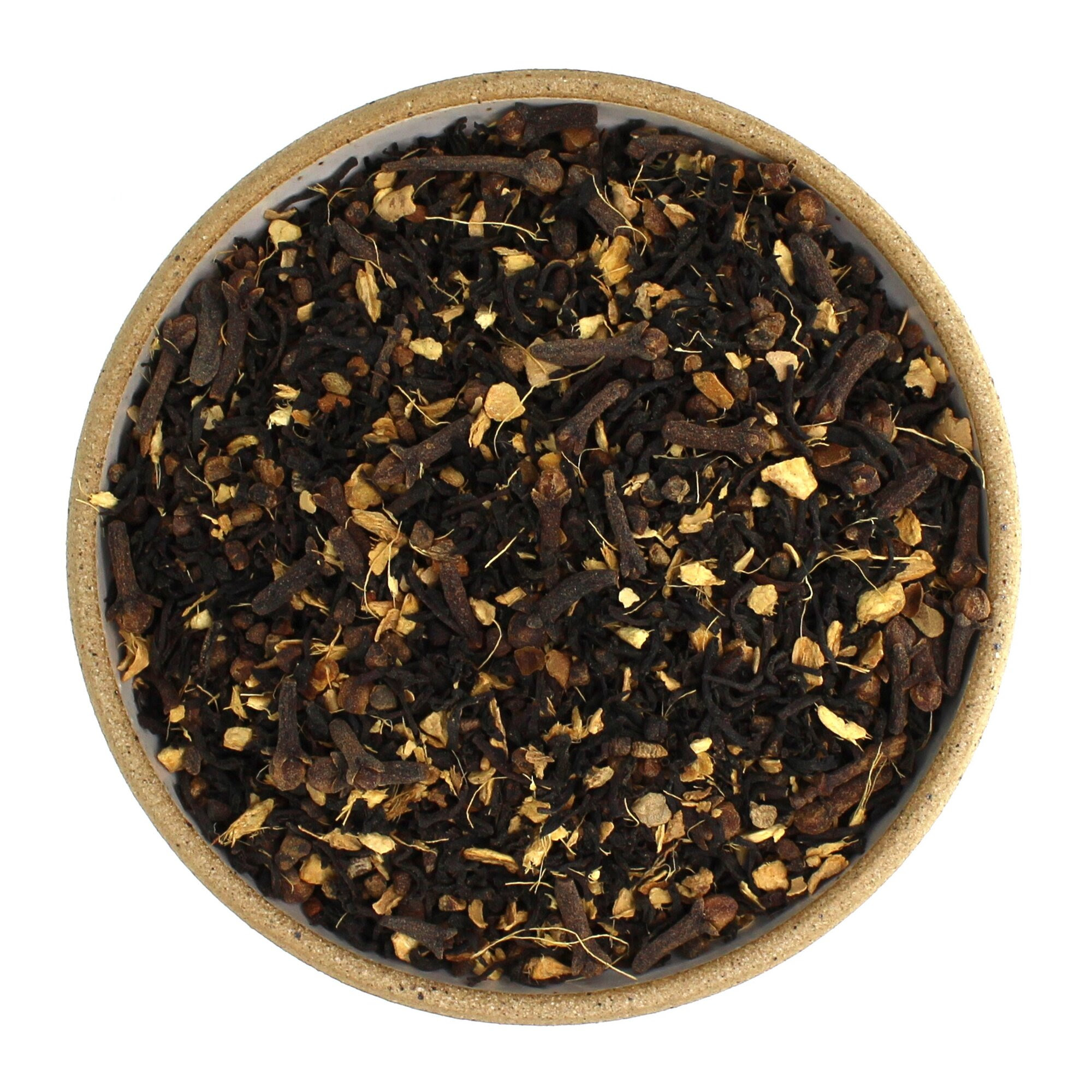
🧡 ALL ABOUT GINGER
Share
GINGER:
soothes nausea, boosts digestion & promotes metabolism
Ginger is popular for its vibrant and spicy flavor, but for thousands of years, all over the world, ginger has been used to treat a variety of ailments.
In China, ginger has been used for both medicine and food dating back all the way to the Confucius time period. Ginger was also one of the first roots traded on the Silk Road, a network of trade routes connecting the East and West. The Silk Road was the bridge of economic, cultural, political, and religious interactions between these regions from the 2nd century BCE to the 18th century.
SCIENCE TELLS US:
- Ginger is high in gingerol, a substance with powerful anti-inflammatory and antioxidant properties.
- Just 1–1.5 grams of ginger can help prevent various types of nausea, including chemotherapy-related nausea, nausea after surgery, and morning sickness.
- Ginger has been shown to lower blood sugar levels and improve various heart disease risk factors in people with type 2 diabetes.
Ginger is earthy, peppery, bright with notes of citrus, and has a potent spicy kick. Ginger can of course be used as a tea, but it can also be used culinarily!
⬇︎⬇︎⬇︎
A CULINARY DELIGHT
Ginger is a beloved culinary ingredient across the world. In India, ginger is often used in curry and in chai tea blends - as it increases saliva production, it is believed to make swallowing easier. In Japan, ginger slices are chewed on to cleanse the palate in between eating different types of sushi. In the west, ginger was popularized in sodas, beers, and wine.
GET YOUR SWEET SPICY ON WITH THESE GINGER TEA BLENDS:





